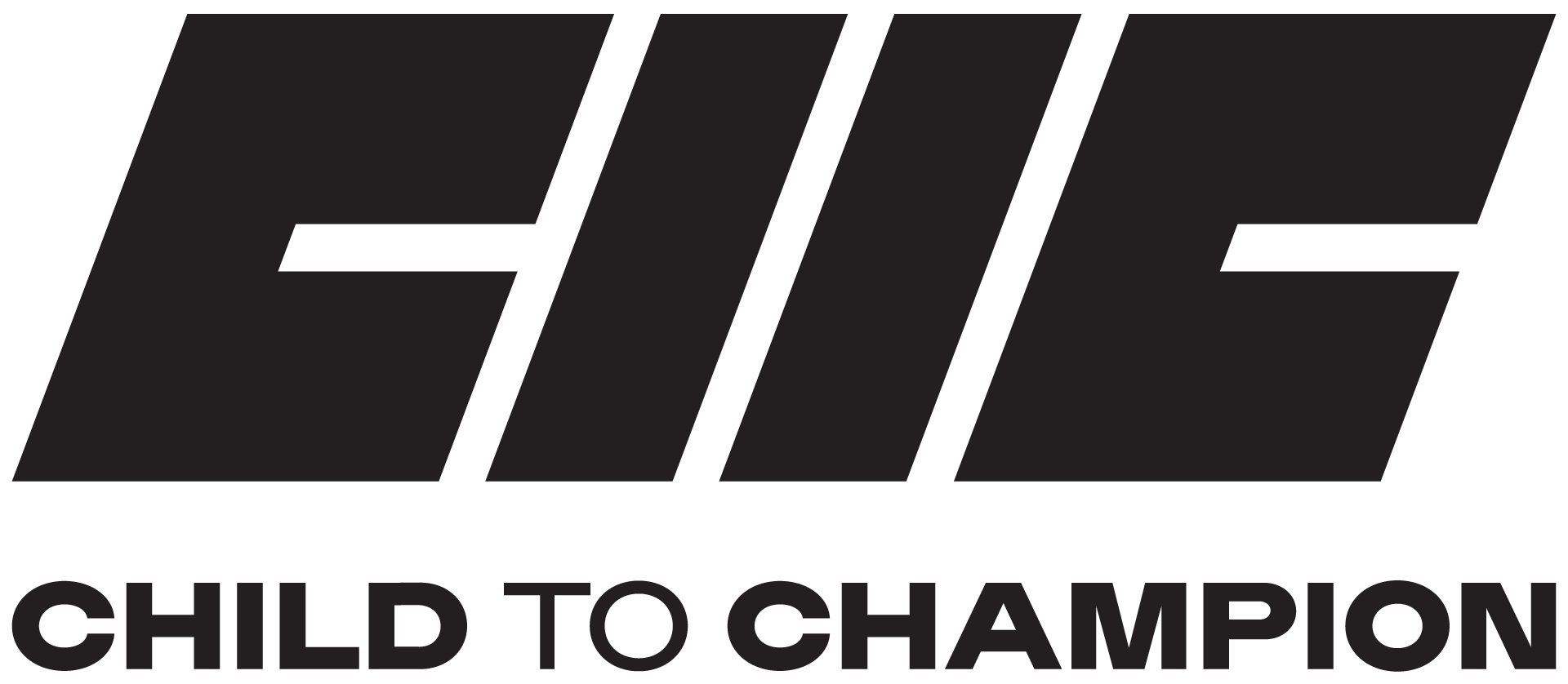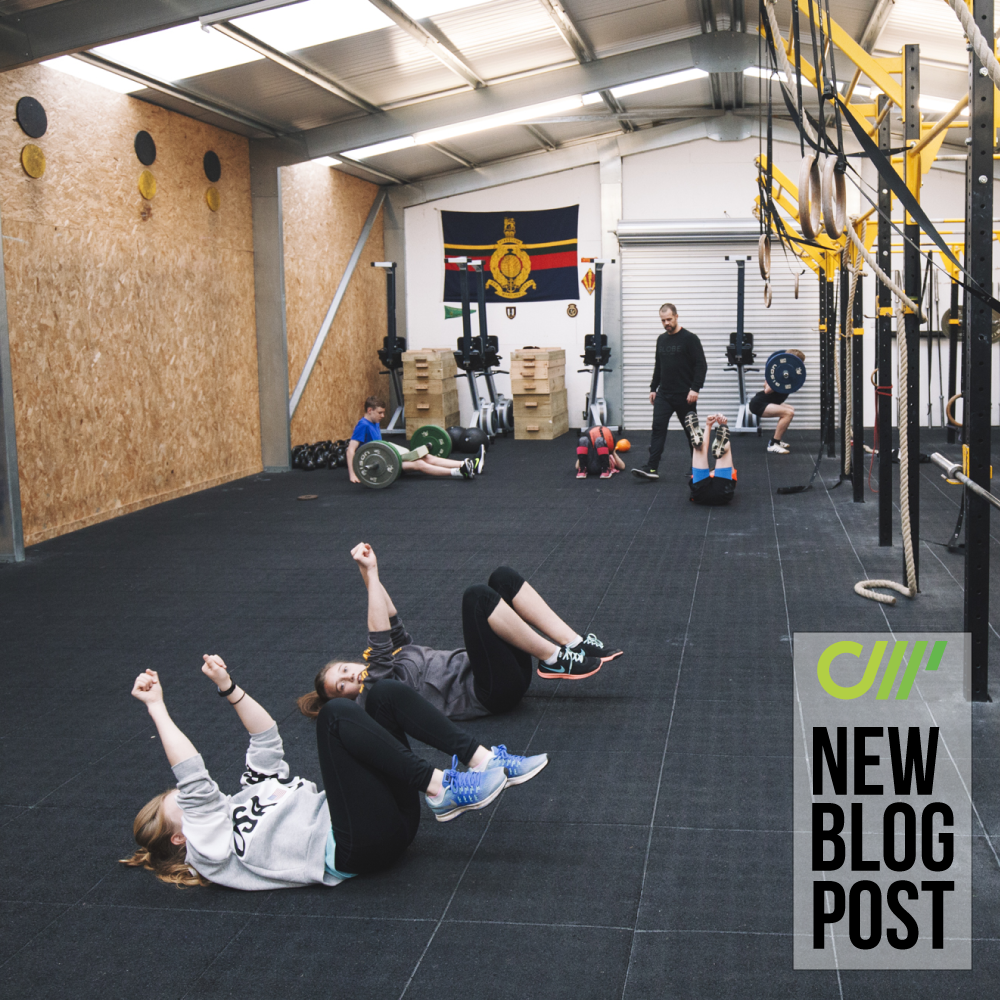Whilst post-pubertal athletes, or adults, can improve their strength through increased muscle size, pre-pubertal (especially young female) athletes do not have the hormonal building blocks of muscle that adult athletes do.
Since pre-pubertal athletes have a limited ability to increase strength by building muscle, they typically improve how much force they can produce in the following ways:
· The central nervous system (how the brain sends signals to the muscles) learns how to fire up more muscles to help with the task. Think of the central nervous system as the boss of the body…strength training provides the boss of the human body with more employees at their disposal (otherwise known as improved motor unit recruitment)
· The boss (central nervous system) gets better at selecting which employees (i.e. muscles) are best suited for the task at hand (otherwise known as improved inter-muscular coordination)
· The most effective employees can be recruited faster (improved rate coding) for the necessary task
Any type of movement training, whether it is learning a sporting skill, general athletic development or strength and conditioning, improves children’s ‘movement map.’
A map can show you what you need to do to get from point A to point B.
The greater a young child’s exposure to movement, the clearer this ‘movement map’ becomes. Children become more aware of their body’s capabilities and literally learn more effective ways to move.
But what happens for children who don’t have the exposure to different movements at a young age?
Regardless of how good a coach is at cueing a movement, if kids are doing the equivalent of looking at a blurry map, they cannot figure out what you are asking their body to do or what they need to do to achieve a movement outcome.
When we are trying to teach youth athletes fundamental movements, effectively what we are trying to do is improve the feedback from their brain to their body and vice versa.
Instead of standing there and drilling the perfect squat in to the kids\’ heads, maybe there is a better way to help young athletes?
Since kids are no longer playing as much as they would’ve done in previous generations, perceptual motor skills, which help support the learning of fundamental movement skills, are under developed (For more on this topic click the link for a blog ‘Future Proofing the Youth Athlete Part 1’).
If kids aren’t playing as much as they should, rather than moan about it, coaches have a great opportunity to do something about it.
Since pre-pubescent children improve strength primarily through neural mechanisms (e.g. improved inter and intra muscular coordination, improved movement map etc) one question I have asked myself is if this improved level of coordination is the main mechanism by which children get stronger…why aren\’t we focusing our attempts to increase youth athletes strength through coordination?
Whilst improving the external load a youth athlete can handle (i.e. strength training) is one means of improving an athlete’s ability to produce force…this is one of nine variables I will highlight in this article, that can be used to progressively overload or challenge a movement pattern.
In no particular order (and I am sure there are more that could also be of use), here are 9 ways of challenging a movement pattern:
1. Combine movements at the edge of the athlete’s ability (e.g. a lunge stop is a combination of a lunge and a hinge pattern, credit to James Baker for the video clip)
2. Direction of movement (up and down, side to side, rotational or multidirectional)
3. Velocity of movement (static, slow or fast)
4. Changing the amplitude required (shallower or deeper ranges of motion)
5. Introducing instability (e.g. changing position of contact points with environment)
6. Altering centre of mass (e.g. raising it by placing stick above head)
7. Metabolic fatigue (how do your movement patterns hold up when you are tired?)
8. Cognitive fatigue (how do your movement patterns hold up when you are faced with multiple decisions)
9. External load
Within these 9 means of progressing (or regressing) a movement, there are also sub sections which I have provided below to hopefully give a bit more context.
#block-12455a4d4864cdd9d87e {
}
Whilst it can be easy to become obsessed with jump heights or sprint times with athletes, when it comes to working with pre-adolescent athletes, using more qualitative movement assessments is perhaps a better way to go.
Something I have started to place more emphasis on with my youth athletes this academic year is getting them to grade their own and their team mates movement quality 10 point scale (e.g. 1 I am not comfortable or competent performing this movement, 10 being way too easy) and then progressively challenging this movement with aspects like speed, cognitive fatigue, and complexity.
In Part 2 (coming next week!), I will share my 3 point scale for assessing variations of squatting, lunging, hinging, bracing, jumping and landing, and how actually limiting the technical points may help athlete’s in the learning process, can help dial down on what’s important, as well as providing progression/regression examples within each category.
About the author
Todd Davidson is a UKSCA accredited Strength and Conditioning Coach currently working at Downe House school, in charge of the scholarship athletes\’ strength and conditioning program whilst introducing athletic development into the P.E curriculum.Todd\’s current interest on youth athletes was sparked by gaining experience with University, Paralympic and Olympic athletes as part of his internship roles with Duham University, Middlesex County Cricket Club and the English Institute for Sport, with GB Boxing and Paralympic Table Tennis, and speaking to other practitioners as to how this journey can be scaled more effectively to reduce injury risk, enhance performance and improve athletic development in youth athletes.
Todd can be found via:
Twitter: @todddavidson93
Facebook: search Todd Davidson P2P coaching
Instagram: @ToddDavidsonP2Pcoaching
#block-yui_3_17_2_1_1569926882360_8241 {
}


